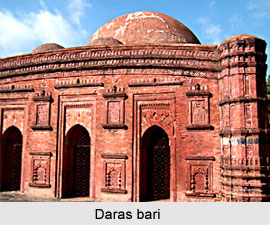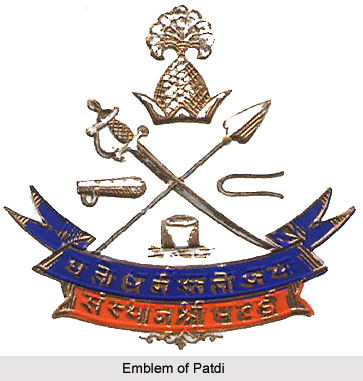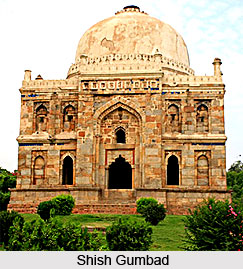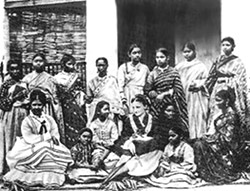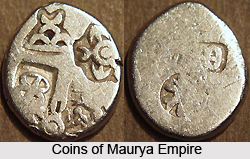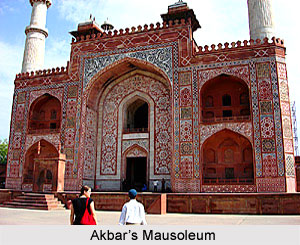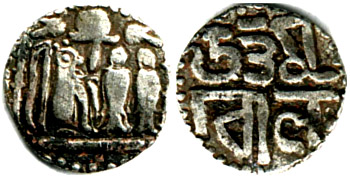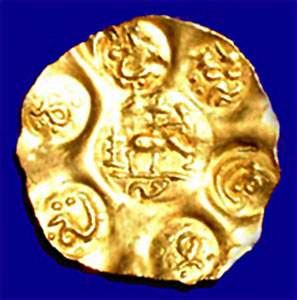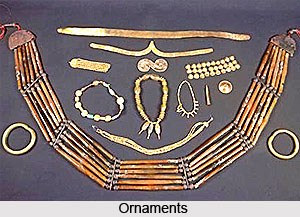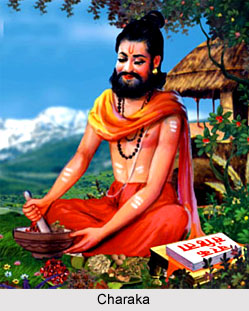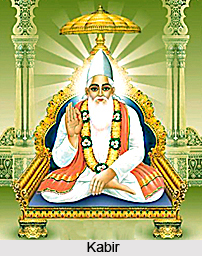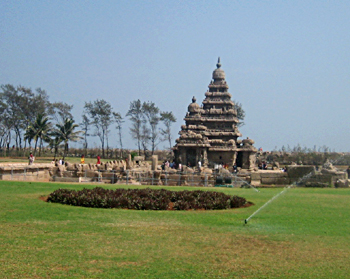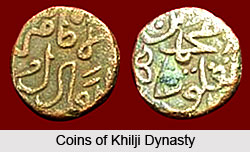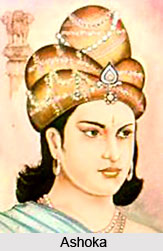 Humayun`s war with Bahadur Shah, the ruler of Gujarat is an important part of the medieval history of India. Bahadur Shah had entered into treaties with a few states in India. He conquered Malwa in 1531 A.D., captured the fort of Raisen in 1532 A.D. and compelled the ruler of Mewar to accept a treaty. He was correspondence with Sher Khan and Nusrat Shah of Bengal against Humayun. He had strengthened his forces and built up strong artillery by securing the services of a Turkish gunner, Rumi Khu. He provided shelter to Muhammad Zaman Mirza and refused a return him to Humayun. He desired to capture Delhi itself and thus, was posing a threat to the Mughals. Humayun decided to settle his score with Bahadur Shah entered Malwa with this view.
Humayun`s war with Bahadur Shah, the ruler of Gujarat is an important part of the medieval history of India. Bahadur Shah had entered into treaties with a few states in India. He conquered Malwa in 1531 A.D., captured the fort of Raisen in 1532 A.D. and compelled the ruler of Mewar to accept a treaty. He was correspondence with Sher Khan and Nusrat Shah of Bengal against Humayun. He had strengthened his forces and built up strong artillery by securing the services of a Turkish gunner, Rumi Khu. He provided shelter to Muhammad Zaman Mirza and refused a return him to Humayun. He desired to capture Delhi itself and thus, was posing a threat to the Mughals. Humayun decided to settle his score with Bahadur Shah entered Malwa with this view.
Bahadur Shah had besieged the fort of Chittor, Karanwati, Rajamata of Mewar and sent a rakhi to Humayun and sought his assistance as a brother. Humayun proceeded towards Chittor but stopped at Sarangpur because he wanted to consolidate his army, win over those people of Malwa who were against Bahadur Shah and arrange for the stoppage of help coming to Bahadur Shah either from Mandu or Ahmedabad. He was suspicious of activities of the friendily states of Bahadur Shah in the south and desired to take all precautions against their activities. He did not desire to attack Bahadur Shah till he was engaged in jihad against the infidels of Mewar.
Bahadur Shah freely looted Chittor for three days whereas Humayun proceeded forward and reached Mandasor which is sixty miles from Chittor and restricted the route of return of Bahadur Shah. Bahadur Shah also reached Mandasor and instead of attacking Humayun took defensive postures. Humayun kept his army out of reach of the artillery of Bahadur Shah and stopped his supplies. Bahadur Shah felt short of supplies and his army lost its confidence. Bahadur Shah fled away without fighting during the night of 25 April 1535A.D. and took refuge in the fort of Mandu. Humayun pursued the fugitive. From Mandu, Bahadur Shah fled away to Champaner, then to Cambay and afterwards to Diu. Humayun pursued Bahadur Shah up to Cambay but then, leaving the task of pursuing Bahadur Shah he returned to besiege the fort of Champaner. It was captured by him and he got large valuables from there which he generously distributed among his followers.
By that time, entire Malwa and Gujarat had surrendered to the Mughals. It was a grand success and so were the capture of the forts of Mandu and Champaner. Humayun appointed his brother Askari as the governor of Gujarat, left Hindu Beg for his assistance and came back to Mandu. Askari, however, failed to manage the affairs of Gujarat which resulted in a revolt by the people under Inad-ul-mulk, one of the trusted officers of Bahadur Shah. Bahadur Shah himself arrived in Gujarat after some time. After a minor battle against the forces of Bahadur Shah, Askari decided to retire from the fort of Champaner. Tardi Beg, the governor of the fort, however, refused to hand over the fort and its treasure to Askari as he was suspicious of the designs of Askari. Askari, then, proceeded awards Agra. Bahadur Shah captured Champaner very soon and Tardi Beg retreated to Mandu. Thus, the whole of Gujarat was lost by Humayun to Bahadur Shah.
Fearing that Askari might capture Agra for himself, Humayun also left Mandu and proceeded towards Agra. The two brothers met in the way and Humayun was assured of the loyalty of his brother. He gracefully pardoned him and all their officers and reached Agra. Mandu was occupied by Mallu Khan in the name of Bahadur Shah. Therefore Malwa was also lost by the Mughals. Thus, within a year, both Malwa and Gujarat were lost by the Mughals. The incapability of Askari and the neglect of personal attention towards the affairs of Gujarat and Malwa by Humayun were the primary reasons of this loss of the Mughals.


